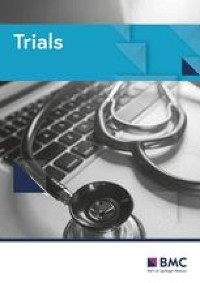This is a flow diagram showing enrollment of participants. A total of 102 patients were enrolled in this study from October to November 2021, 15 patients were excluded, and 87 patients were randomly assigned to receive esketamine or dezocine, but 83 patients completed the study finally (esketamine group n = 42, dezocine group n = 41).
Abstract
What Is Known and Objective
Propofol is widely used in painless gastroscopy. However, sedation with propofol alone might increase the risk of respiratory and circulatory complications. This randomized clinical study compares the efficacy and safety of esketamine or dezocine combined with intravenous (IV) propofol in patients undergoing gastroscopy.
Methods
A total of 102 patients were enrolled in this study and randomized into two groups. All patients were adults aged 18–64 years who underwent upper gastrointestinal gastroscopy. Patients were randomly assigned to two groups to receive esketamine (0.3 mg/kg) combined with propofol (group E) or dezocine (0.05 mg/kg) combined with propofol (group D). In both groups, the drugs were administered intravenously. The primary outcome was the dose of propofol which provided a satisfactory sedative effect, both to the endoscopist and the patients. Secondary outcomes included recovery time, side effects (such as hypotension, nausea and vomiting and agitation), and the number of adverse circulatory and respiratory events.
Results
Data of 83 patients were analysed in the present study. Dosage of propofol required in group E (1.44 mg/kg ± 0.67 mg/kg) was significantly lower compared with that in group D (2.12 mg/kg ± 0.37 mg/kg) (p < 0.0001). There was no statistically significant difference in recovery time, side effects, and the frequency of sedation-related adverse events between the two groups.
What Is New and Conclusion
The study indicates that intravenous injection of propofol and esmketamine is more effective for gastroscopy. Use of esketamine reduces the total amount of propofol required in ASA I–II patients undergoing gastroscopy compared with single use of dezocine. It also provides more stable hemodynamics, without affecting the recovery time and side effects such as respiratory and circulatory adverse events.
Trial Registration
The study was registered at the Chinese Clinical Trial Registry (www.chictr.org.cn; registration number: ChiCTR2100051814) on 05/10/2021.





